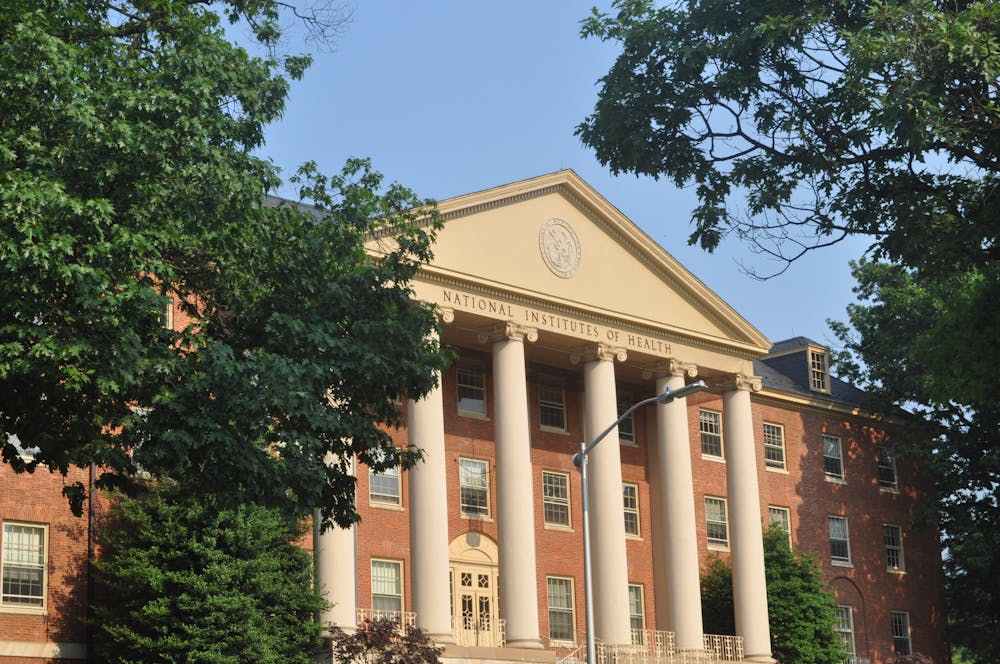On Monday Feb. 10, Hopkins joined 12 peer universities and 3 higher education groups in a lawsuit against the National Institutes of Health to block “abrupt and sweeping” funding cuts announced by the institution on Friday.
The other plaintiffs to the lawsuit include the Association of American Universities (AAU), the American Council on Education (ACE), the Association of Public and Land-Grant Universities (APLU) and 12 peer research institutions: Brandeis University, Brown University, The Regents of the University of California, the California Institute of Technology, Carnegie Mellon University, the University of Chicago, Cornell University, the George Washington University, Massachusetts Institute of Technology, Trustees of the University of Pennsylvania, University of Rochester and Trustees of Tufts College.
The suit is in response to the NIH’s announcement on Friday that “indirect costs” of research would be capped at 15% of grant funding. Indirect costs refer to additional costs of research reimbursed by the NIH in addition to federal grants, and can include facility and administrative funding, such as equipment, IT infrastructure, and safety measures. Previously, the NIH has reimbursed research institutions and universities at a contractual rate, which was on average between 27% and 28% of grant funding.
However, Johns Hopkins in particular had negotiated an indirect cost rate of 63.75% in 2023.
In an email to the Hopkins community, President Ronald J. Daniels and Dean of the Medical Faculty and CEO of Johns Hopkins Medicine Theodore L. DeWeese explained the rationale behind the lawsuit, emphasizing the detrimental impact of the NIH’s proposed funding cuts on the University’s clinical and research endeavors.
“These abrupt and sweeping cuts in NIH funding pose an extraordinary challenge to the important and lifesaving work of our faculty, staff and students at Johns Hopkins,“ they wrote. “They jeopardize the longstanding and remarkable research partnership forged between the federal government and higher education at the end of WWII and put at risk the future of the American research enterprise as a whole.”
Daniels and DeWeese highlighted that the cuts to the indirect costs of research will undoubtedly impact research itself.
“Given that these costs are an essential part of the research enterprise, dramatic cuts to the reimbursement formula cannot help but force corresponding cuts to research,“ they wrote. “It’s that simple.”
They highlighted the critical role of NIH funding in supporting the University’s mission of research and patient care and specifically its impact in supporting the institution’s approximately 600 ongoing clinical trials in cancer, pediatrics, cardiology, and more.
“The NIH funding cut endangers these trials and many more like them in the future. And these trial participants are our patients,” they stated. “The care, treatments, and medical breakthroughs provided to them and their families are not ‘overhead’ — they offer meaningful hope and scientific expertise often when it’s needed most.”
In a separate case against the NIH, a temporary restraining order was granted in 22 states, including Maryland, halting the NIH cuts until further legal action.
Editor’s Note: This is a developing story and will be updated as more information becomes available.

















